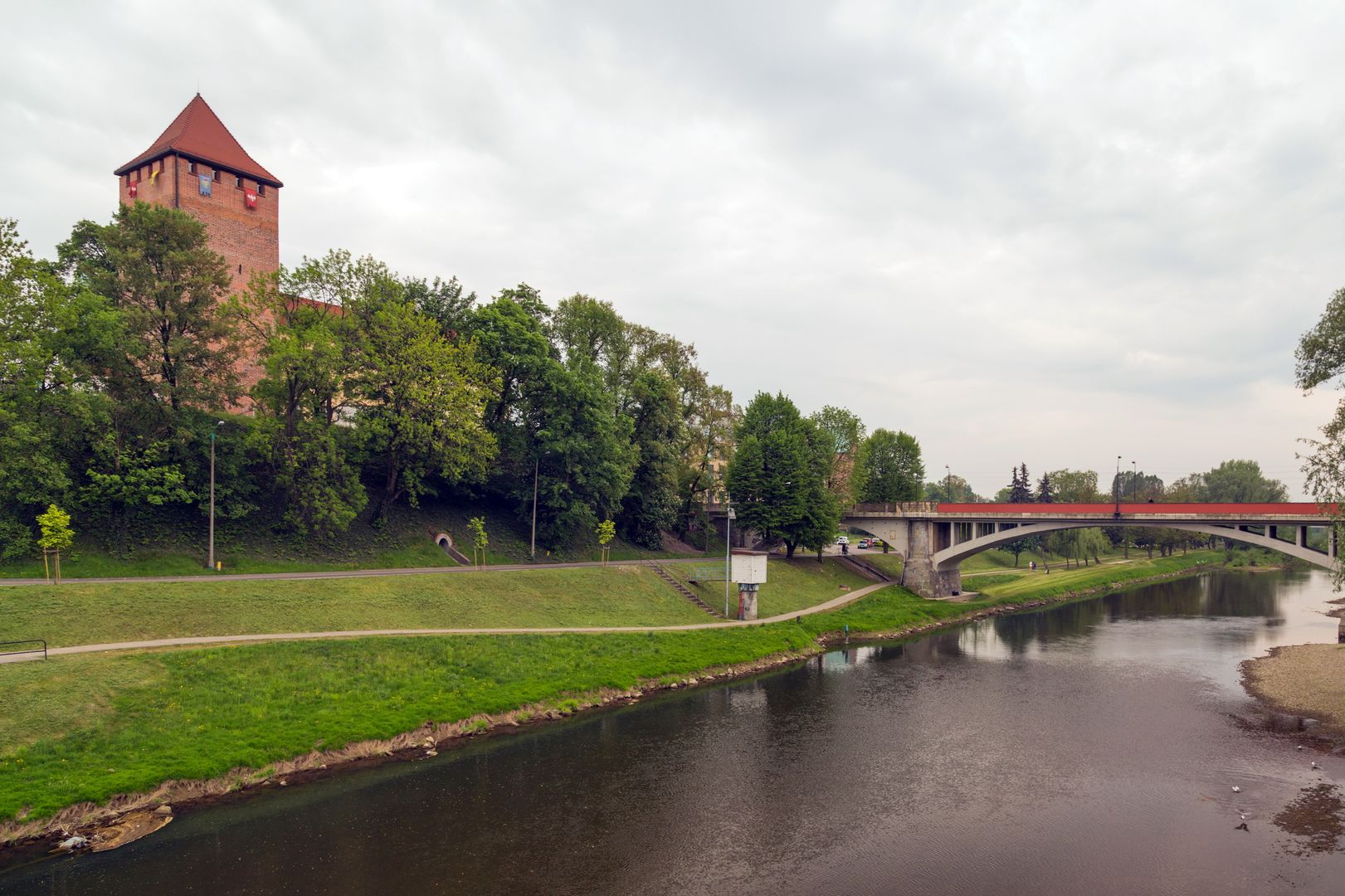Oświęcim Castle
7.57

Overview
Oświęcim Castle, built in the Middle Ages on a hill by the Soła River, is an example of early Gothic architecture, with its oldest part dating back to the late 13th century. The structure consists of an impressive square-based bergfried tower from the 13th–14th centuries, as well as later elements, including a 16th-century building and a connector from the years 1929–1931. The castle served not only a residential function but also a defensive one, as evidenced by traces of fortifications that deteriorated over time, including due to the changing course of the river.
The history of the castle dates back to the Oświęcim castellany, which was incorporated into the Duchy of Opole in the years 1177–1179. Its defensiveness was enhanced by Duke Casimir, and the first ruler of the Duchy of Oświęcim to settle in the castle was Władysław I. The castle was repeatedly rebuilt after destruction, including a fire in 1503 and damage from invasions, such as the Swedish invasion in 1656. In the 15th century, the castle came into the hands of Casimir IV Jagiellon, becoming an important strategic point in the region. In 1765, the castle was in poor condition, and the region's natural resources, such as salt, transformed it into a storage facility for raw materials.
During World War II, the castle was taken over by German occupying authorities, after which it became the property of the Oświęcim City Council. Renovation of the castle's infrastructure began in 2007, with further work planned for the future, particularly on the Gothic tower.
From an architectural perspective, the castle is characterized by massive walls, with wall thicknesses of up to 4 meters, and the upper floors were connected by stairs. The castle also had an armory, a bakery, and cellars. Notable features include the remains of two tunnels and relics of former rooms, which provide insight into the daily life of its inhabitants. Today, despite numerous transformations, the castle remains a monument of significant cultural and historical value, reflecting the rich history of Oświęcim and its region.
Location
Tickets
Powered by GetYourGuide
2025 Wizytor | All Rights Reserved